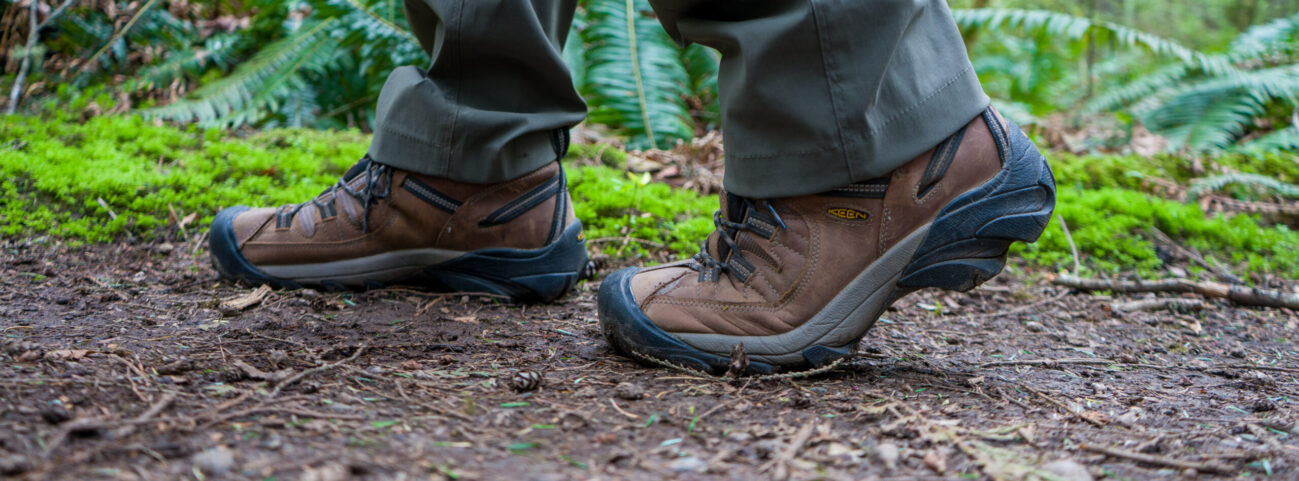Gyeongju was the capital of the ancient kingdom of Silla. The Silla dynasty lasted for over a thousand years and left behind a rich history. The history of the Silla people, Buddhism, and changing Korean culture can all be experienced right downtown in Gyeongju.
Out for a Stroll

Glimpses of green flashed through the jumble of people at the end of the street. I could still see our hotel door if I squinted and yet, here we were, catching glimpses of history (and it wasn’t a premium hotel by any means). A complex of ancient tombs right in the heart of Gyeongju.

The perfect mounds of earth are clustered together, creating a perfect park for picnics, romantic strolls and curious tourists. We found ourselves walking hand in hand to each placard, curious who might be resting beneath the layers of earth. Unfortunately, while some signs did indeed tell you history, many were informing the reader of the risk of imprisonment, or the hefty fine one would incur from climbing the tombs. While the grassy mounds could possibly be misconstrued as oddly shaped hills, they are way too perfect not to cause at least some questions as to their construction. We certainly had questions and so found our way to the museum to answer them.
Getting Our Hands on History

Located beside the grassy tombs is the information center (cheap to enter, like most Korean museums). We were ushered into a large open space to watch a film detailing information about the area and the Silla dynasty. Dates and minimal information was offered, but it was done in a beautiful artistic format and did prepare us for the pieces we were about to witness.
The interactive museum kept us engaged as we pushed buttons, shrank and expanded information, and posed for photos. One of my favorites was watching the little animated people go through the process of creating a funeral mound. We also enjoyed the tactile models where you could put one layer within the other, like little nesting dolls.
Going Deeper

Armed with knowledge about the construction of the tombs, it was time to see the inner layers of the onion. Walking into the neighboring building, we were hit with the scent of clay and earth. Immediately upon entering, we could see stone and clay layers. An attendant at the door let us know which parts of the tomb we were seeing were original, and which were reconstructed. Partial reconstruction allows for the most knowledge to be gained regarding the construction of these complex tombs.
The amount of stones piled in the wooden constructs is phenomenal. I cannot imagine that many stones were available locally, so I would guess larger stones were crushed to provide the varying sizes of fill. The layers upon layers of clay on top of the stones ensure a strong structure that will last. Galen and I had assumed the mounds to be little more than piled dirt. If they had been, the perfect shape would not have been achieved, nor would the structures remain to this day.

Continuing through the park, a gateway into one of the mounds presented itself. The tomb of Cheonmachong has been reconstructed in such a way that people can enter and see what it might have looked like from the inside. These tombs are not meant to be entered. The remains and their possessions were lowered in from the top of the mound and then covered over. At Cheonmachong, they have created replicas of all the treasures found at the tomb and placed them just where they were found. While the space may not be original, being able to enter one of the grassy mounds adds to the overall experience of the Silla tombs.
Through Park and Pond

It isn’t just tombs that remain at Gyeongju. Palace grounds and a pond from 674 CE have been excavated and several buildings reconstructed. We went for a calming stroll around the pond and forest that surrounds the grounds. At night the whole area is lit up, creating gorgeous reflections in the pond. Also lit up, are the nearby fortress grounds and bridge.

A natural hill juts abruptly from the ground in Gyeongju, creating a perfect vantage point for a fortress. The fortress itself could not be accessed while we were there, but we enjoyed the expansive view of the city from the top of the hill. We were not alone either. Couples, families and late night classes filled the fortress and surrounding park. The starting point for many of these classes is Cheomseongdae Observatory. It is the oldest known example of an astronomical observatory in Asia. With each step we take in Gyeongju we are led to history – even in the forest.
History on the Mountain

We had the opportunity to explore Mt. Namsan in Gyeongju National Park. This mountain allows the hiker to experience history in situ rather than in museums. You may already be aware of how in awe I was of this hike if you have read our blog post about hiking in South Korea. In short, the mountain is considered sacred by Buddhists and is home to an hermitage, statues and carvings. There is something special about coming across such wonders nestled in the beautiful natural environment of Mt. Namsan.
A Place for History Nerds

When researching South Korea, we asked a friend for recommendations. They sent us to Gyeongju and told us we could easily spend a week there. After six days, I think we did an okay job, but there are still pieces of history we left unturned. Whether looking for ancient peoples, royal gardens, or Buddhist relics, Gyeongju does not disappoint.


